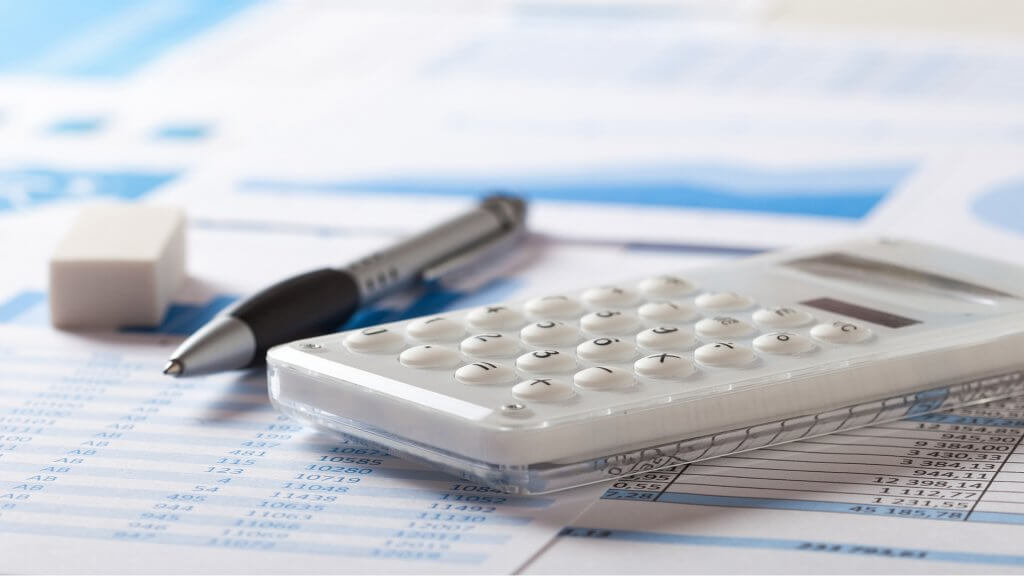Gold continues to demonstrate its enduring value as a hedge in 2025, with prices reaching historic highs amid increasing market volatility and economic uncertainty. The precious metal’s recent performance has reaffirmed its reputation as an important diversification tool during turbulent financial periods.
On March 31, gold prices hit $3,128 per ounce, even as stock markets experienced significant fluctuations following President Trump’s announcement of reciprocal tariffs. The increase in gold prices has coincided with a stock market correction — a decline of more than 10% from previous highs — just the 11th since the 2008 financial crisis.
“The convergence of financial challenges we’re witnessing today creates the perfect storm for gold’s historic rally,” said Kevin DeMeritt, founder of precious metals firm Lear Capital in a recent statement. This sentiment reflects the general consensus among financial experts that gold serves as a crucial hedge during stock market downturns.
Gold’s Performance During Market Volatility
The relationship between gold and equities has historically been weakly correlated, with periods of inverse correlation typically emerging during times of market stress or economic uncertainty. When examining recent market data, this pattern continues to hold true in 2025.
“Recent sell-offs across major indices have underscored the vulnerability of equity-heavy portfolios,” a recent press release from Lear states. “This market volatility has renewed interest in gold as a stabilizing asset class that historically moves independently of stocks during periods of economic turbulence.”
Gold has historically managed to outperform many other assets in erratic economic environments.
Central Banks Driving Demand
One significant factor bolstering gold’s performance has been substantial purchasing by central banks worldwide. According to the World Gold Council, central bank demand continued at a remarkable pace in 2024, with buying exceeding 1,000 tonnes for the third consecutive year, accelerating sharply in the fourth quarter to 333 tonnes.
The momentum has carried into 2025, with the World Gold Council reporting that central banks continued their strong interest in gold with net purchases of 18 tonnes in January alone. Emerging market central banks remain at the forefront of buying, with Uzbekistan, China, and Kazakhstan leading the way.
“Around the world, central banks continue to buy more gold than we’ve seen since the early ’70s,” says Lear Capital’s DeMeritt. “That has not stopped at all. China continues to buy, Russia continues to buy, India continues to buy — and not at small levels.
“Those countries are not day traders,” he continues. “They buy [and] hold [it] for 10, 15, 20 years. I think they’re nervous about the dollar and its world reserve status.”
The Value of Gold in a Diversified Portfolio
For individual investors, gold’s role as a stabilizing force during market turbulence remains compelling reason to include it in an investment strategy.
Some experts say that investors should target anywhere from 5% of their portfolio, 20% of their portfolio, depending on where they are in life might be appropriate levels of gold investment.
The tangible nature of gold also provides reassurance during uncertain economic times. Unlike digital assets or paper currencies, physical gold cannot be created from nothing.
“We can only mine so much gold per year. That controls the supply. It’s economics 101. Paper money is probably going to continue to fall, [as] it has for hundreds of years now, and the price of gold is probably going to continue to increase,” argued DeMeritt.
Understanding Economic Indicators That Drive Gold Prices
When considering adding gold to a portfolio, investors can benefit from examining its historical performance against other asset classes. DeMeritt recommends that new precious metals investors “get educated” and “go back and look at the performance of precious metal against the markets, against real estate.”
Several key economic factors influence gold’s performance beyond standard market dynamics. National debt plays a crucial role in the correlation between government spending and precious metals pricing.
As Lear Capital argued in its statement, doubling down on its prediction that gold prices could reach $4,200, “With U.S. debt surpassing $36 trillion, interest payments on this massive liability continue to skyrocket, consuming an ever-larger portion of the federal budget. This unsustainable trajectory erodes confidence in the dollar, enhancing gold’s appeal as an alternative store of value.”
Currency valuation represents another significant factor. The traditional inverse relationship between the U.S. dollar and gold prices remains generally true, though not without exceptions. When the dollar strengthens, gold typically becomes more expensive for holders of other currencies, potentially reducing demand. Conversely, a weaker dollar can make gold more attractive globally.
Tariff Impacts on Gold in 2025
Recent tariff implementations have significantly impacted gold markets in 2025. President Donald Trump’s tariff policies have contributed to economic uncertainty, which typically drives investors toward safe-haven assets like gold.
A recent Reuters report noted that industry experts believe safe-haven demand linked to geopolitical uncertainties and concerns over global economic growth amid U.S. tariff plans have been a central driver in pushing gold prices to a record high.
Preparing for Future Investment Opportunities
For those concerned about gold’s current high price point, DeMeritt suggests considering silver as an alternative entry into precious metals investing.
“If you look at history, the gold market has always led the silver market,” he says. “Gold’s always going to have a move before the silver plays catch up in almost any time period that you could see since 1974. Gold markets run, silver markets come after it.
“The potential in silver is astronomical from where it’s trading at today compared to where gold’s trading,” he continues. “Last time gold was trading at $2,000 an ounce, silver was $49 an ounce, and here we are at around $35 an ounce with gold over $3,000. That’s an appealing ratio if you’re thinking about where silver could go.”
In any case, as global economic tensions continue and national debt grows, precious metals’ historical role as safe-haven assets appears increasingly relevant for today’s investors. With proper education and well-planned timing, precious metals may offer a valuable counterbalance to the stock market variability and currency fluctuations.





















